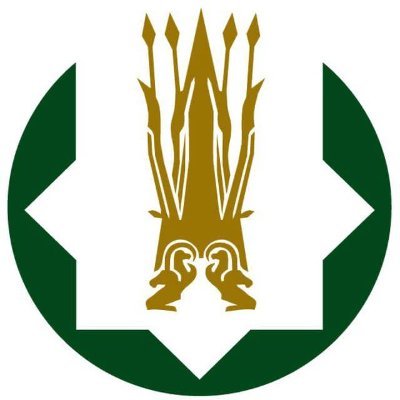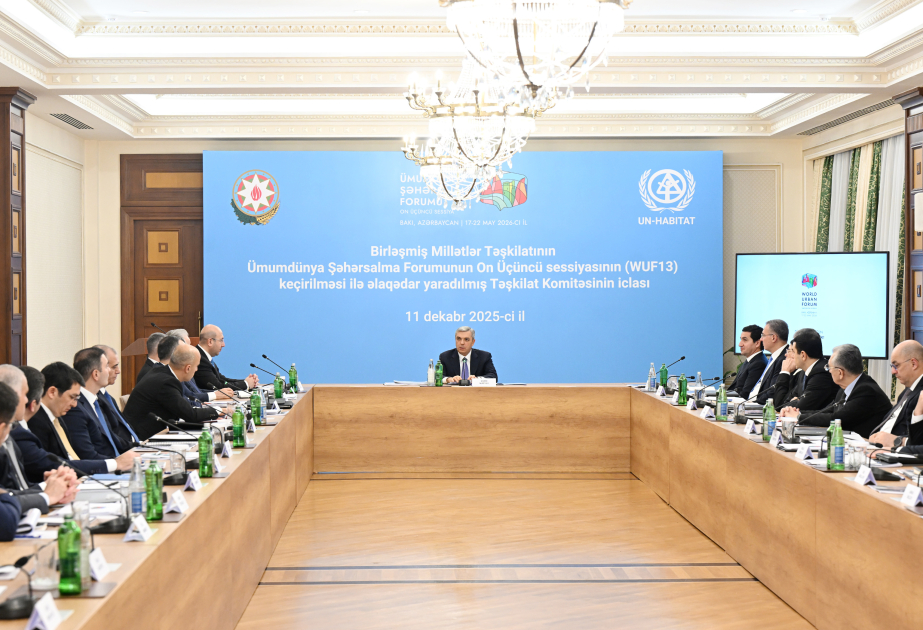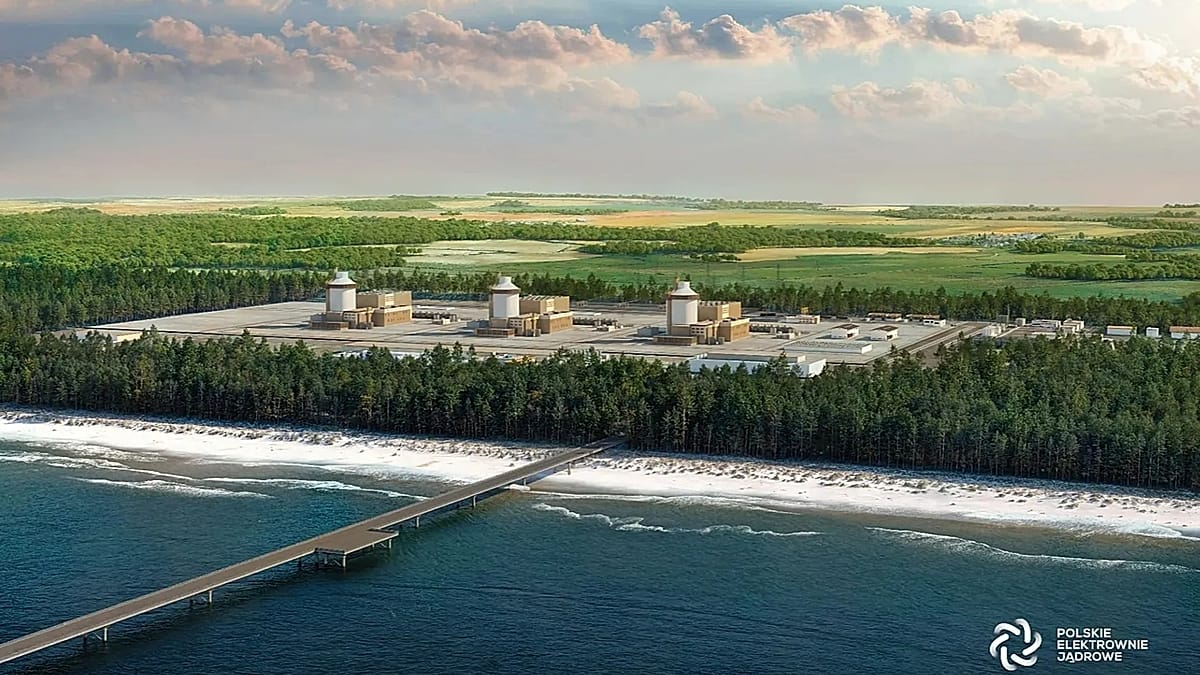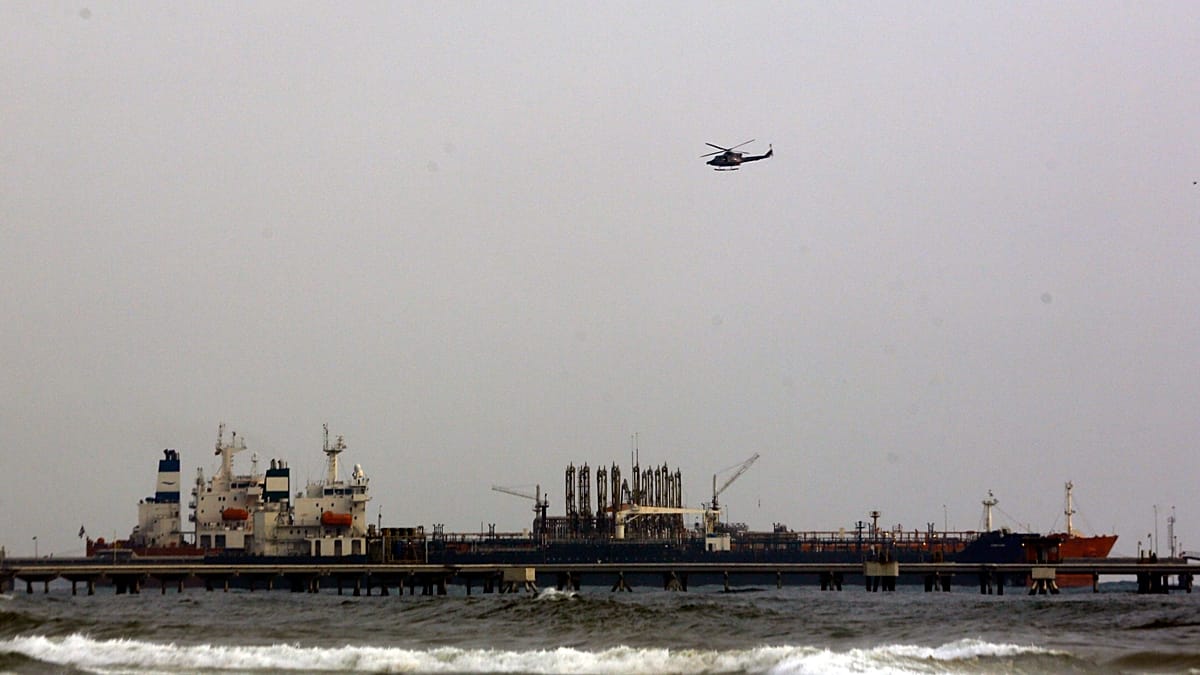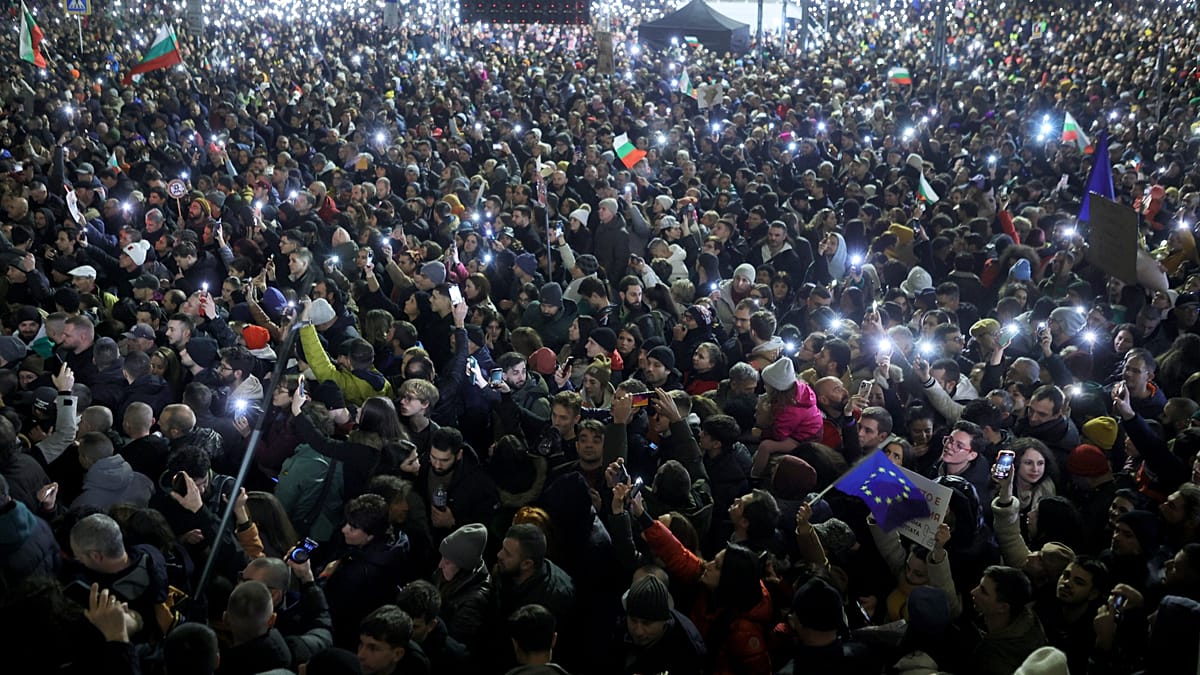Estonia: The country that builds like a startup

From digital marriages to robot couriers, from Tallinn’s glass towers to Narva’s ash hills, Estonia proves that the smallest nations can build the biggest futures.
Estonia counts around 1,500 startups, most anchored in Tallinn, together generating more than €2.4 billion in just the first half of 2025. It is a founder’s paradise disguised as a Nordic fairytale: reinvest your profit and pay 0% corporate tax. And yes, you can even get married or divorced entirely digitally. No paperwork. No drama. Estonia does not wait for permission. It builds, iterates, and scales, again and again.
Tallinn: The Capital of Scale
Every startup scene has its origin myth, and Estonia began with a ringtone. In 2003, a team of Estonian engineers, including Ahti Heinla, Priit Kasesalu, Jaan Tallinn, and others, built Skype in Tallinn and Tartu. Two years later, eBay bought it, and six years after that, Microsoft acquired it for $8.5 billion. Those exits did not just create wealth; they created culture. The “Skype Mafia” turned founders into mentors and engineers into angels. They stayed, reinvested, and showcased Estonian capabilities to the world.
From that spark came an avalanche. Bolt was started by a 19-year-old who signed his first driver on the streets of Tallinn. Pipedrive was born in a garage and is now a CRM unicorn. Starship Technologies built tiny robots that have completed more than eight million deliveries worldwide, all engineered here. Wise was founded in 2011 by Taavet Hinrikus, Skype’s first employee, and Kristo Käärmann, two friends tired of bank fees. Their idea became an £8.75 billion company listed in London and now eyeing a US move.
Here, proximity is power. You are rarely more than three introductions away from anyone you need, whether investors, ministers, or even the president. Tallinn feels like a YC campus disguised as a capital. At Ülemiste City, near the airport, more than 500 companies and 15,000 people work within walking distance, including engineers, investors, and dreamers. At Tehnopol, an entire district built for startups, mentors guide founders through early chaos, and 60% of incubator graduates survive and grow. At LIFT99 in Telliskivi, the air hums with founder-only intensity, and this is where the Estonian Startup Awards were born. These hubs are not just offices; they are accelerators of trust. In a city this small, reputation compounds faster than capital.
The Tallinn playbook: 90 days to something real
Week 1: Land. Plug in.
Register your company online. Choose a base.
Say what you are building out loud. Tallinn is small, and news spreads fast.
Weeks 2–3: Listen first, then build.
Cut the fluff. Keep one promise. Deliver it well.
Week 4: Test and measure.
Ship daily. Measure weekly.
Weeks 5–8: Grind quietly.
Post updates. Talk less, build more.
Weeks 9–12: Show up.
By Day 90, you will know.
You will have a product, paying users, and real data.
Not a dream, but a real company.
From afar, Tallinn looks neat and calm. Up close, it is electric.
Push once, and the city pushes back even harder.
Beyond the capital: Estonia’s experimental edge
Travel three hours east and the rhythm shifts. This is Ida-Virumaa: raw, honest, and built for real-world testing. It is not polished like Tallinn. It is a place for experimentation, where ideas must work in tough conditions.
Kood/Jõhvi is a modern coding school with no teachers and no tuition. Its two-year, peer-to-peer model turns students into practical builders. In Sillamäe, NPM Silmet stands as one of Europe’s largest rare-earth processors, anchoring the EU’s green supply chain right on the border. The Port of Sillamäe, the EU’s easternmost port, offers 0% VAT and deepwater access, making it ideal for climate tech or logistics pilots. In Narva, OBJEKT was once a lively creative centre that hosted events like “Future Day”. It is currently closed, but the community is pushing to reopen it. Persistence is the way forward here. Web3Narva gathers crypto, AI, and game-development enthusiasts beneath medieval fortress walls, while DOTS works as a youth hub that blends entrepreneurship, culture, and creativity.
If Tallinn teaches founders to scale, Ida-Viru teaches them to adapt. One sharpens discipline; the other builds resilience. Together, they complete Estonia’s innovation engine.
Estonia: The Meta Picture
Estonia has only 1.3 million people, sitting between Finland, the Baltic Sea, and Russia. Yet it feels much larger. Tallinn is the heartbeat, full of startups. Tartu is the brain, with universities and deep-tech research. Pärnu adds creativity, and Ida-Viru brings experimentation.
Together, they form a unique whole: a country that operates like a startup. You can cross Estonia in a single day, but in that journey, you pass through every layer of modern Europe, from capital and science to culture and industry. Estonia does not merely promote digitalisation. It lives it — at a human scale, shaped by founders, and relevant far beyond its borders.
Takeaway: The world likes to say small countries think small. Estonia disagrees. Tallinn’s rulebook is short: find one sharp pain, build the cleanest fix, and scale. From Tallinn’s glass towers to Narva’s cracked pavements, one idea echoes everywhere: you do not need permission to build the future.
The post Estonia: The country that builds like a startup appeared first on EU-Startups.
